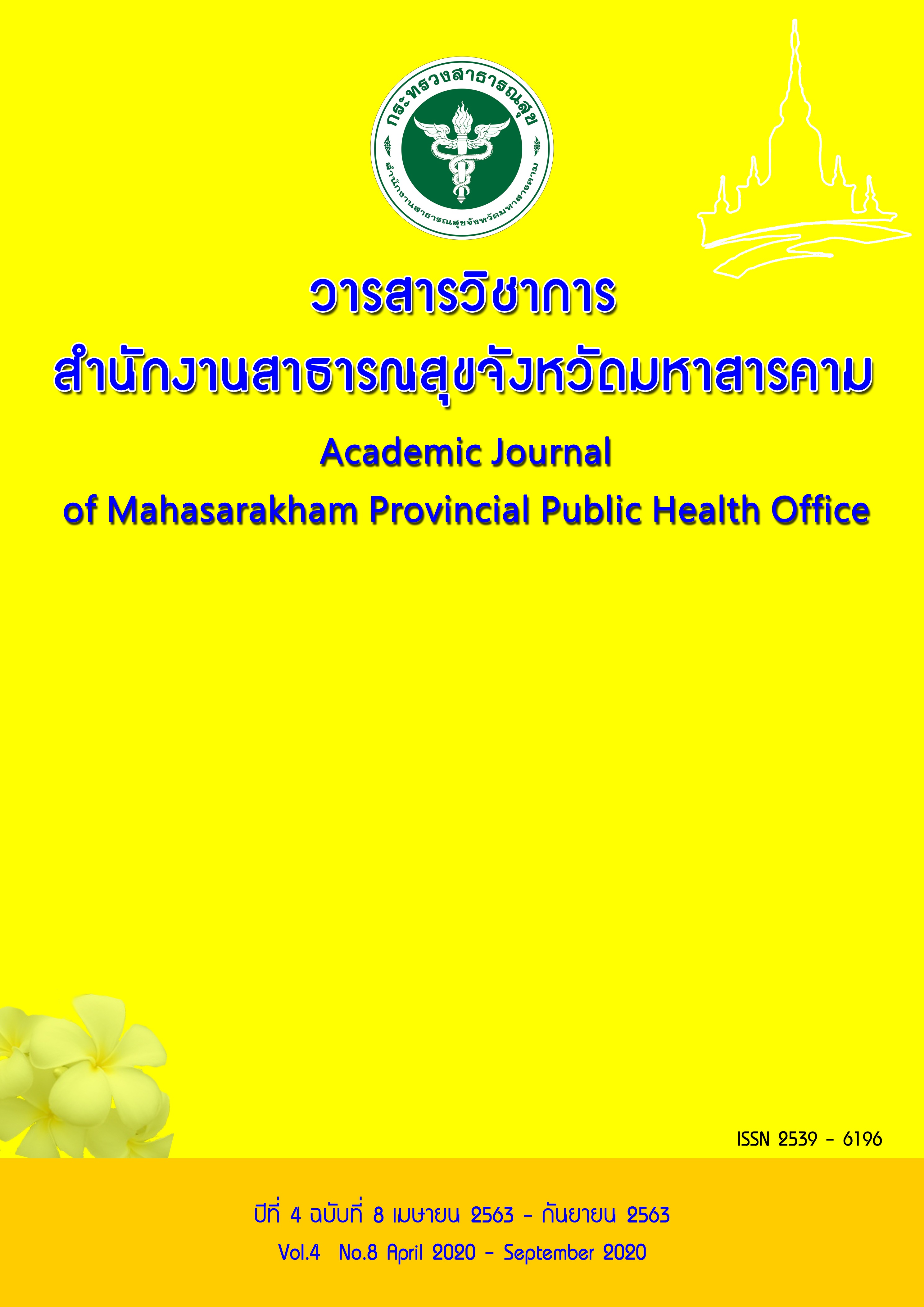Risk factors of lateral migration after cephalomedullary treatment in pertrochanteric fracture
Abstract
Abstract
Purpose: This study aimed to evaluate risk factors of excessive lateral migration of spiral blade in pertrochanteric fracture which treated by cephalomedullary implant.
Methods: Retrospective data was collected from 105 pertrochanteric fracture patients who were operated with proximal femoral nail antirotational. Patient demographic information and radiographic outcome were analyzed and risk factors of lateral migration of spiral blade were evaluated by multiple logistic regression analysis.
Results: The average lateral migration of spiral blade was 3.53±4.64 mm. Excessive lateral migration of spiral blade was seen in 22 patients (20.95%). Female (Adjusted OR = 5.82, 95%CI = 1.22-27.71), unstable type fracture (Adjusted OR = 4.87, 95%CI = 1.23-19.34) and not good reduction (Adjusted OR = 6.17, 95%CI = 1.58-24.02) were significant risk factors of excessive lateral migration of spiral blade.
Conclusion: Female, unstable type fracture and not good reduction were risks factors of excessive lateral migration of spiral blade after cephalomedullary treatment in pertrochanteric fracture. Surgeons should attempt to restore the fracture to good reduction which was correctable risk factors to decrease failure fixation.
Keywords: pertrochanteric fracture, cephalomedyllary implant, lateral migration


